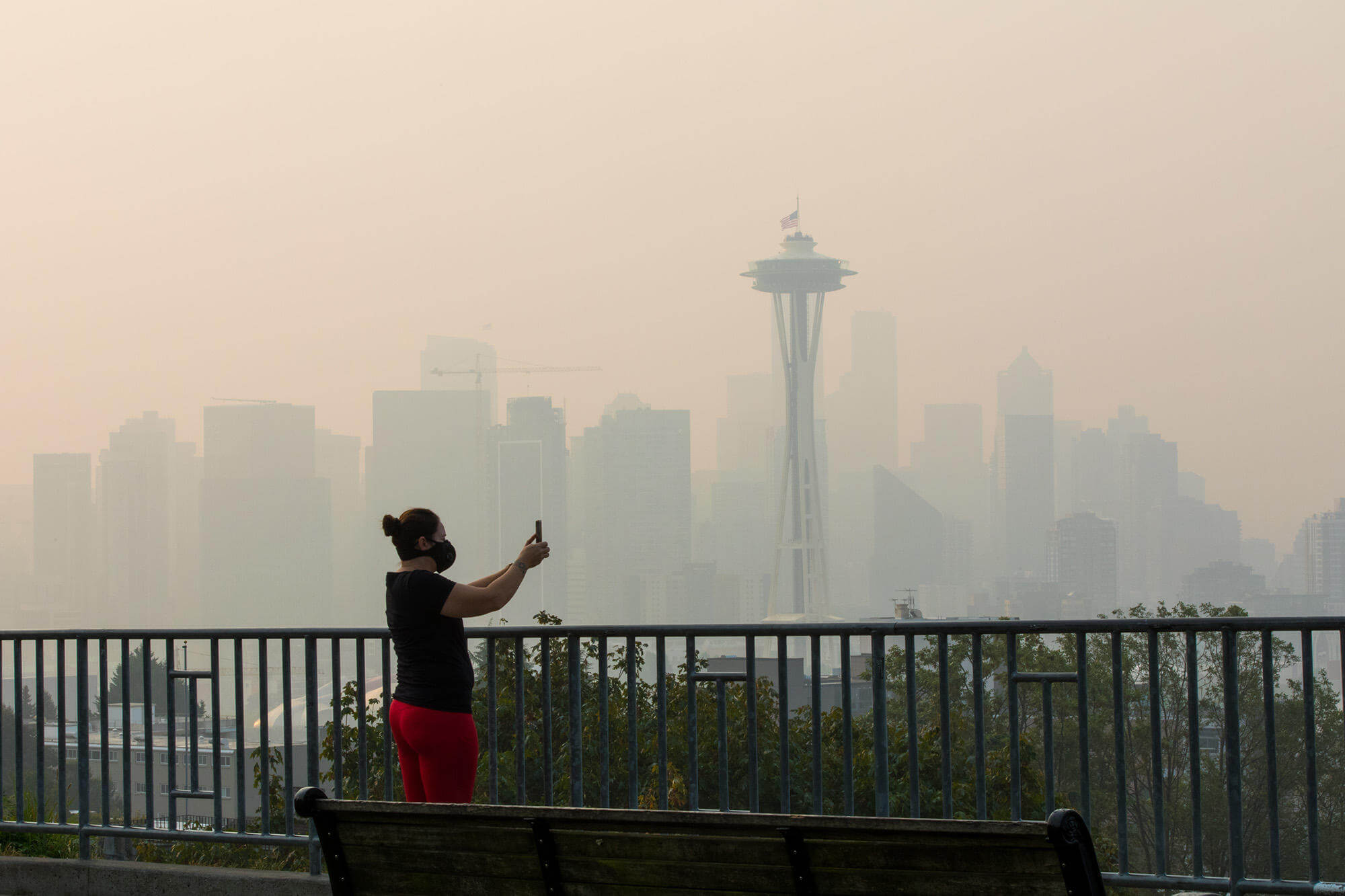The Invisible Threat: Unraveling the Impact of Seattle's Air Quality on Your Health
Introduction
Welcome to a comprehensive exploration of Seattle’s air quality, an essential topic that affects the well-being of millions residing in the Emerald City. As an authoritative voice, we explore the invisible threat posed by air pollution and its profound impact on your health. In this article, we will shed light on the sources of air pollutants, the key contributors to poor air quality, and how you can safeguard your health amidst these challenges. Our commitment is to empower you with knowledge and solutions that will help you lead a healthier life in this magnificent city.
Understanding Seattle’s Air Quality
Seattle, known for its stunning natural beauty and thriving tech scene, also faces a pressing concern—air pollution. Despite being recognized as one of the most environmentally conscious cities in the United States, Seattle struggles to combat air quality issues. The primary culprits behind the degradation of air quality are vehicular emissions, industrial activities, construction, and wildfires.
Vehicular Emissions: Navigating the City’s Roadways
The picturesque roads of Seattle may enchant you, but they also serve as channels for vehicular emissions. With the increasing number of cars on the road, the emission of harmful gases like carbon monoxide, nitrogen dioxide, and volatile organic compounds has intensified. These pollutants can lead to respiratory problems, exacerbate existing health conditions, and negatively impact the cardiovascular system.
Industrial Activities: Balancing Progress and Air Quality
As a thriving hub for various industries, Seattle’s economic growth has inadvertently led to increased industrial activities, resulting in higher emissions of particulate matter and other harmful substances. While progress is essential, finding the right balance between economic development and preserving air quality remains a crucial challenge.
Construction: Building a City Amidst Dust
As Seattle continues to expand and evolve, construction projects are an ever-present sight. However, construction activities stir up dust and release fine particles and pollutants into the air, contributing to diminished air quality. Managing construction practices and implementing proper pollution control measures are essential for mitigating this impact.
Wildfires: When Nature Takes Its Toll
The Pacific Northwest’s beauty is intertwined with its lush forests, but during wildfire season, this natural splendour can become a health hazard. The smoke and ash from wildfires release harmful particulates and pollutants, affecting air quality even in urban areas like Seattle. Understanding the risks and taking necessary precautions during wildfire events is critical to safeguarding your health.
The Health Implications of Poor Air Quality
Seattle’s air quality concerns extend beyond mere inconvenience; they directly impact public health. Prolonged exposure to polluted air can lead to a range of health issues, including respiratory problems, cardiovascular diseases, and even neurological disorders. Vulnerable populations, such as children, the elders, and individuals with pre-existing health conditions, are particularly at risk.
Protecting Your Health in Seattle’s Air
While you may not have direct control over the city’s air quality, there are steps you can take to protect your health and that of your loved ones:
i) Stay Informed
Regularly check local air quality reports and forecasts. Websites and apps that provide real-time air quality data can help you plan outdoor activities during times of better air quality.
ii) Minimize Outdoor Activities during Poor Air Quality
On days when air quality is significantly compromised, limit your time outdoors, especially during strenuous activities like exercise. Instead, opt for indoor exercise or engage in activities that minimize exposure to outdoor air pollution.
iii) Create a Clean Indoor Environment
Make your home a sanctuary from outdoor pollutants by ensuring proper ventilation, using air purifiers, and keeping indoor plants that can naturally purify the air.
iv) Utilize Public Transportation and Carpooling
Reduce your contribution to vehicular emissions by using public transportation or carpooling whenever possible. These eco-friendly choices not only benefit the environment but also improve the air you breathe.
v) Support Air Quality Improvement Initiatives
Participate in local efforts to advocate for improved air quality standards and support initiatives that aim to reduce pollution.
Conclusion
Seattle’s air quality presents an invisible threat that demands our attention. By understanding the sources of pollution and their impact on health, we can take meaningful steps to protect ourselves and future generations. Together, we can drive positive change, ensuring that the Emerald City continues to thrive as a symbol of progress and environmental consciousness.
For more Click






